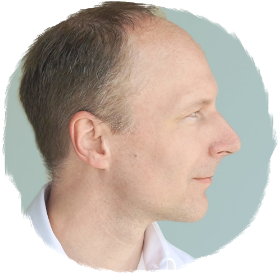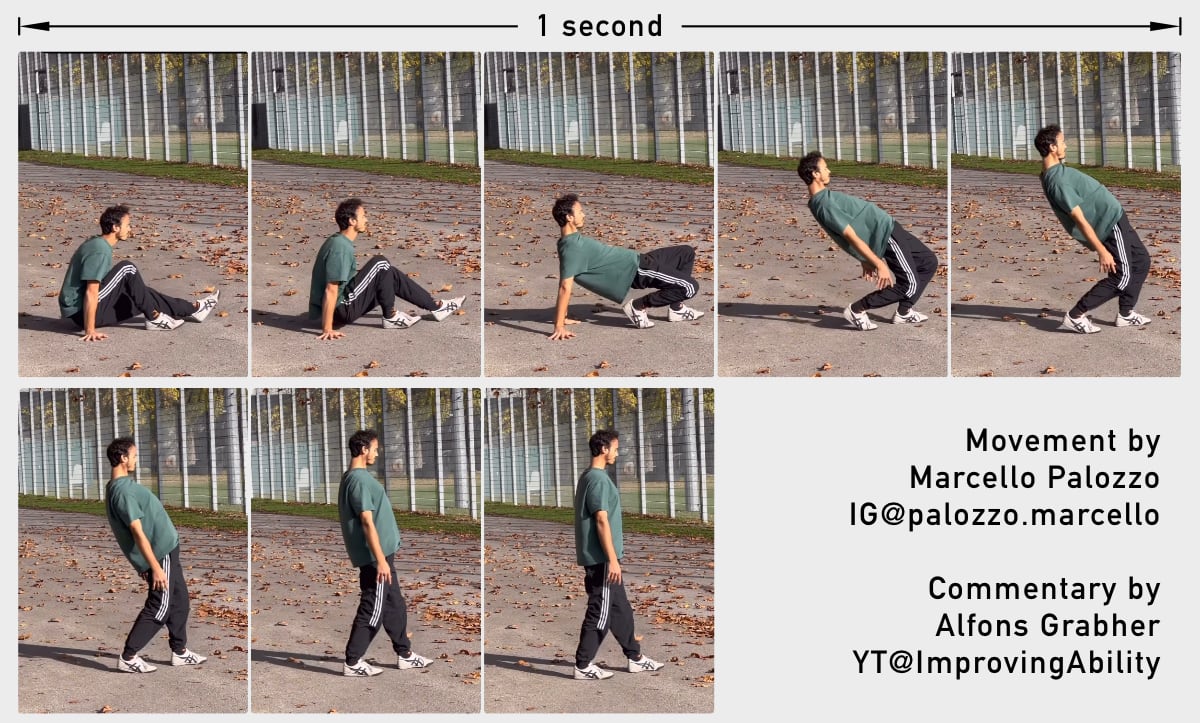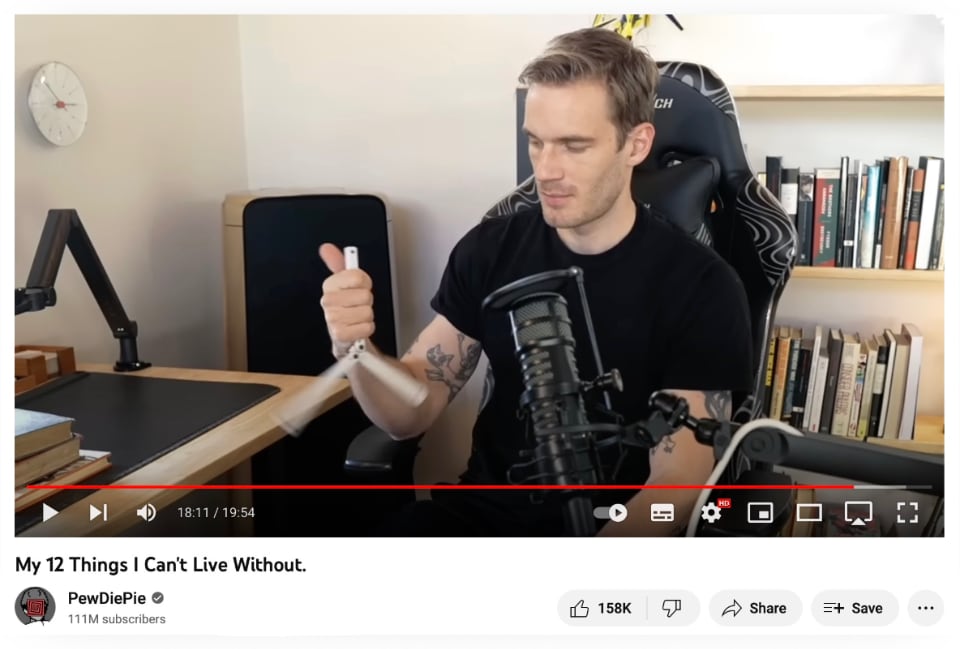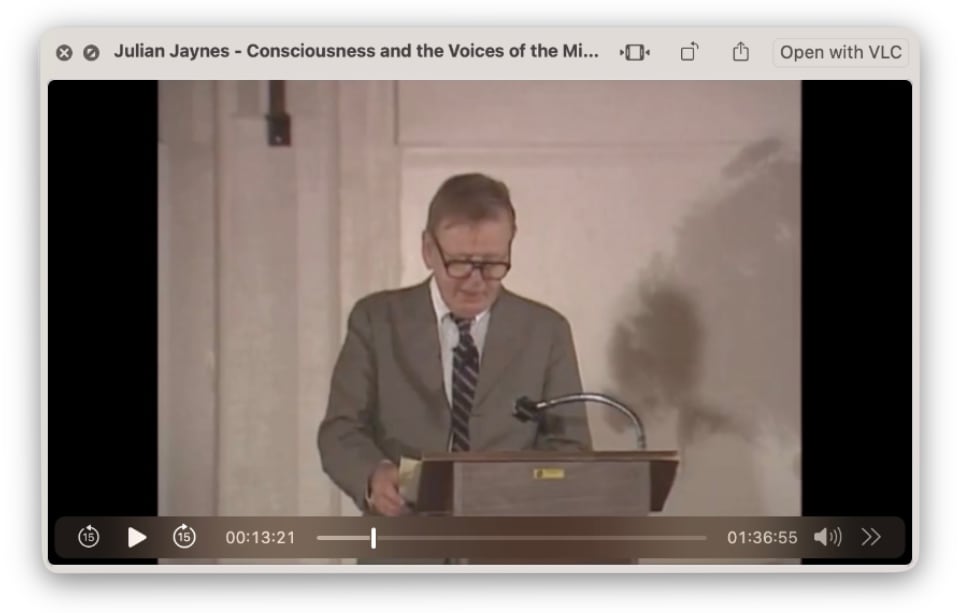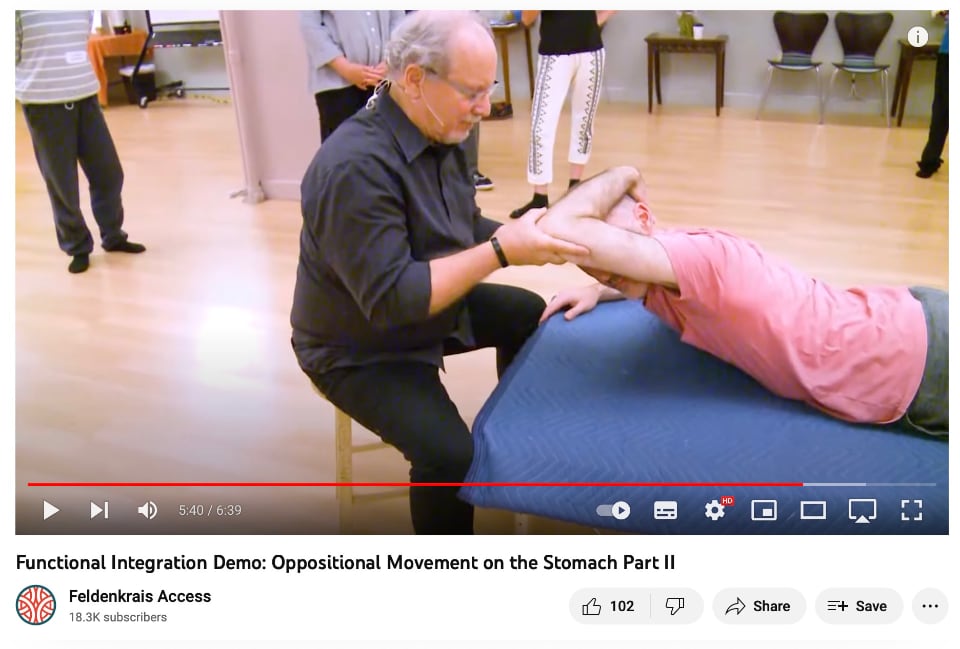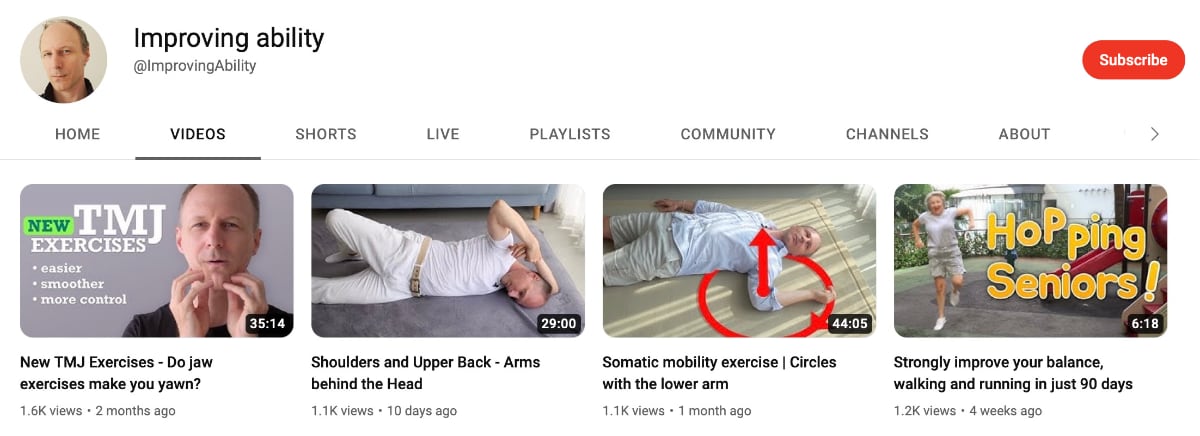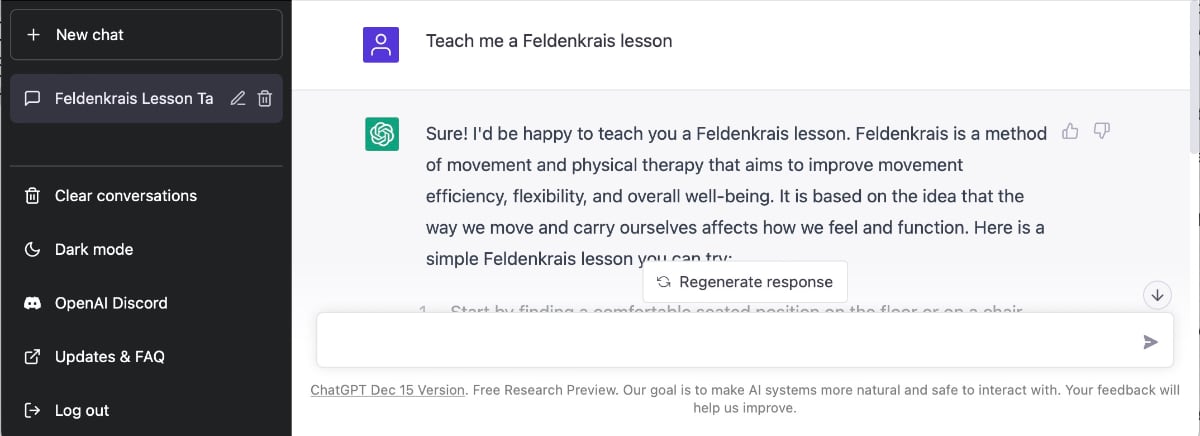For the past few days I have been looking for definitions of awareness and consciousness. Most importantly to get a generally accepted definition of both, but also to learn the difference. Just like I’m interested in the definitions and the difference of ability and skill.
Therefore, I looked at some books, listened to some podcasts, watched some videos on Youtube, and poked around text and articles on the Internet. I found out that some people have quite passionate opinions about the two terms—awareness and consciousness—and some would even be willing to enter heated discussions to defend their positions. I started to think, “This didn’t go well. It’s like searching for the definition of a tree, when every tree is different and every bird sits in a different one.”
That’s why, this morning, I felt bold enough to ask ChatGPT, “What is the difference between awareness and consciousness?” It wouldn’t hurt to ask this to the big computer, I guessed. What could an artificial intelligence possibly come up with? At the worst some gibberish, I thought, nothing lost here, and I pressed return.
“Awareness and consciousness are related but distinct concepts.
Awareness refers to the ability to perceive and attend to stimuli in the environment. It is the ability to be aware of something, such as being aware of a sound or a smell. It is the process of sensing or becoming aware of something.
Consciousness, on the other hand, is the state of being aware of one’s own thoughts, feelings, and perceptions. It is the subjective experience of being awake and aware of one’s surroundings and self. Consciousness is often described as the feeling of being alive and having a sense of self.
In summary, awareness is the process of sensing or becoming aware of something, while consciousness is the subjective experience of being aware and having a sense of self.”
Wrote ChatGPT (Jan 9 2023 Version). Quite unsettling! A clear and concise answer I can actually accept, and work with. Why can ChatGPT, the artificial intelligence, phrase this so eloquently when a ton of websites and books spent thousands and thousands of pages beating around the flaming bush?
Oh, btw, I didn’t mean “flaming“ (in flaming bush) to be a curse word. I used it as a casual reference to Julian Jaynes’s thesis of the Bicameral mind, and that just a couple of thousand years ago the human brain was a different one, wired differently, working differently. Humans back then were guided by a voice in their heads which they perceived as an outside voice, like the voice of god. In fact, it was a different time altogether. It seems like that instead of thinking silently men spoke everything out loud. Every “thought” was spoken, in fact, there might have been no thinking, no privacy of thoughts, at all. Meghan Cox Gurdon wrote in her book The Enchanted Hour about the humble beginnings of thinking in silence:
“Silent reading of the sort we practice with our books and laptops and cellphones was once considered outlandish, a mark of eccentricity. Plutarch writes of the way that Alexander the Great perplexed his soldiers, around 330 BC, by reading without utterance a letter he had received from his mother. The men’s confusion hints at the rarity of the spectacle.
Six hundred years later, Augustine of Hippo witnessed the Milanese bishop (and fellow future saint) Ambrose contemplating a manuscript in his cell. Augustine was amazed by the old man’s peculiar technique. «When he read,» Augustine marveled in his Confessions, «his eyes scanned the page and his heart sought out the meaning, but his voice was silent and his tongue was still.»”
On the other hand, what is a definition? I must not stop there. It’s still fun and worthwhile for me to continue reading, and see how the great thinkers of humankind came to their conclusions and definitions, and where they went from there. It seems to be a great passion of humans to watch others find, build, learn or restore things, and I’m no different.
If you would like to have my blog posts delivered via email, here’s the copy of my blog on substack: improvingability.substack.com
